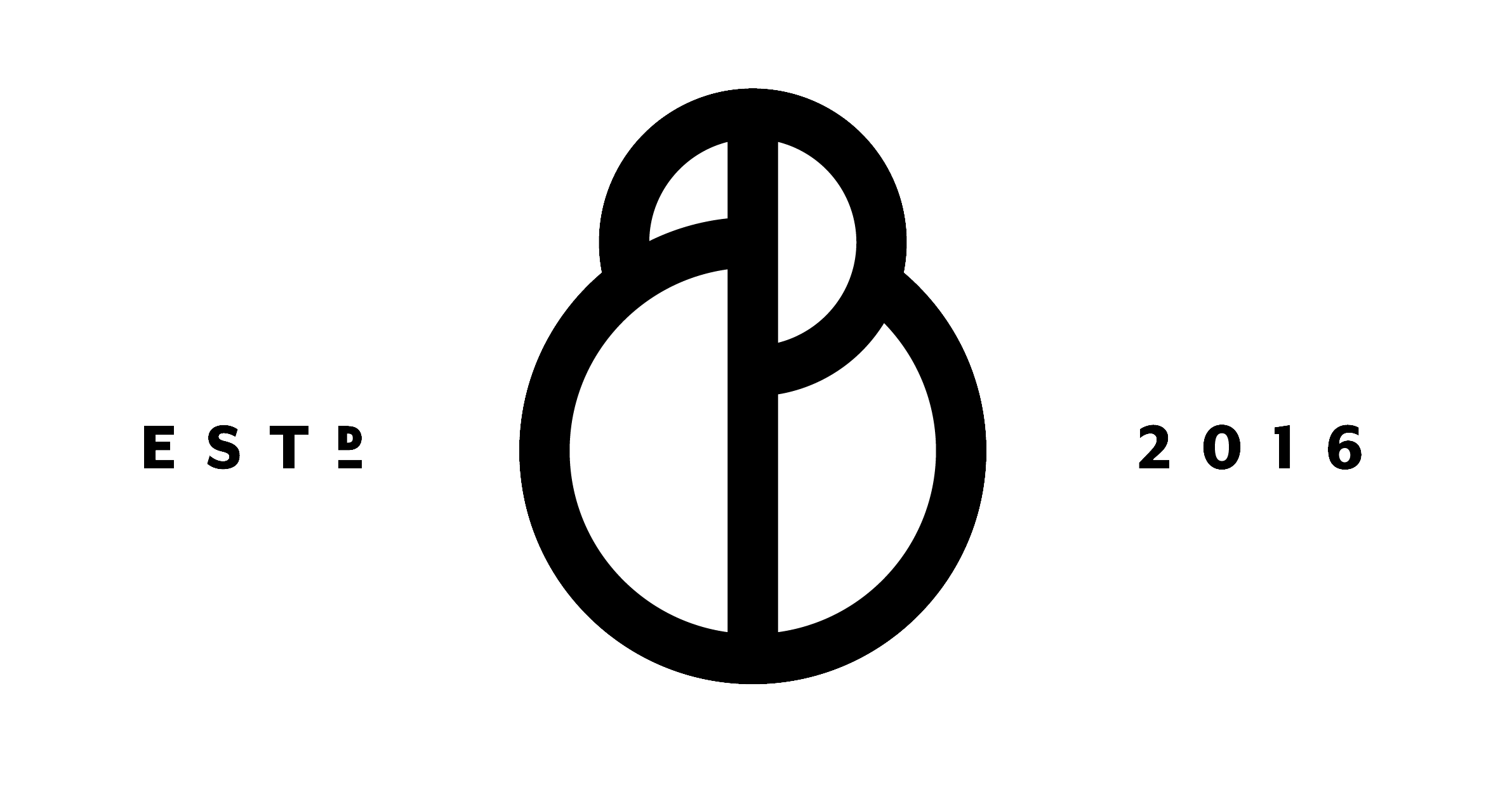How to make pour over coffee
Become a great pour over coffee maker with these quick tips
In coffee, nothing is more important than knowing how to make coffee at home. Learn how to make pour over coffee at home with this quick guide. With many of us working from home more than ever, the ability to make coffee at home is becoming increasingly important. One of the most fundamental parts of making some of the best coffee at home, is starting with good beans. This should be from a reputable supplier. We have a range of premium coffees, enjoyed by many around the world. But we always recommend people start with our Ethiopian grade 1 (www.bounbeans.com/store).
With that said, once you have sourced a good bag of quality coffee (www.bounbeans.com/store) you then need to understand how to grind it. It is worth thinking forward and deciding whether you want an intense cup of coffee (i.e espresso) or a gentle sip-able coffee (filter coffee). The grind size is important, and is different for both. This topic has been covered in our blog (www.bounbeans.com/grind-size-importance-blog-5).
Once you have decided on the type of coffee you want to brew, and have ground it accordingly - use the guide on our blog (www.bounbeans.com/grind-size-importance-blog-5); you can proceed to the first step below. For this method you will need a coarser grind than usual. Also, the water to coffee ratio can be the 10% rule we previously outlined in other guides - 10% grind (in grams) to ml of water i.e. 20g per 200ml of water. Others recommend a 30grams per 500ml / half a litre. Ultimately the more you do this you will find a combination that suits your taste. There is no hard and fast rule here, every coffee drinker has their preference and the beauty of going through this process is that you will not only refine your coffee brewing skills, but you will also train your taste buds on how to pick up taste notes in coffee.
Pour over coffee maker grind
For this coffee making, we advise you to use a coarse grind
Step 1
Prepare your equipment. Make sure it is clean and dry. We will begin with the pour over coffee maker, which is clean and dry. We have opted for the more environmentally friendly mesh coffee filter.
Empty pour over coffee maker - coffee brewing equipment
Here we have our empty pour over coffee maker with the mesh filter which will be placed on top of the pour over coffee maker
Step 2
Place the coffee grounds into the pour over coffee maker. You can experience with different grind types but be sure not to make it too coarse as the water will easily pass through without extracting much coffee flavour.
Coffee grind loaded into a pour over coffee maker
You also have the option of tucking the coffee together which have found process best results. Make sure they are bunched together before you pour and not too spread out around the coffee pour over maker’s filter - mesh filter in above picture.
Coffee grounds bunched together in pour over coffee maker
Step 3
Now it’s time to pour the hot water over the coffee. Be sure to let water cool a little once boiled. A good rule of thumb here would be to never pour freshly boiled water over ground coffee, this can result in scorching and take away some taste notes. The industry standard temperature is 92-94 degrees Celsius (https://sca.coffee/research/coffee-standards). There are special temperature specific kettles with goose necks that can brew to a preset temp, they also make for more precise pouring However, if you are using a standard kettle, the 92-94 degree temp can be achieved by letting the water cool down for 2 minutes once boiled. Pour your water in slowly.
Step 4
Observe the ‘bloom’ - the explosion of bubbles upon the coffee mixing with the water. You can stir it a little if you want to at this point.
Let the coffee grinds mix with the water and brew - more technically: let the flavours extract. It may take another 2 to 3 minutes for the coffee flavours to extract. You can help with process along by slow stroking the top of the water / grounds very gently with with a spoon. This should produce a silky lather.
Pour over coffee maker with a bloom developing
The moment you pour coffee the bloom begins to develop. At this point let the coffee brew for a minute or so before topping up the water. It is here that you may stop pouring while the current water and coffee mix and flavour is extracted. Once this begins to settle and more water is needed (you will notice that the water has ran completely through the coffee grounds) you may then begin to pour again. You should notice a change in the consistency of the coffee grounds sat on the pour over coffee maker, it should become more lathery as your pour extra water on top.
Step 5
Wait for the coffee to fully extract into the coffee maker, the drip process should last a couple of minutes. Then remove the top of the pour over and place it aside to be disposed of responsibily. Then pour and and enjoy.
The more you brew, the more refined your taste will become and your brewing skills. Once you’ve found the right coffee-grind-to-water ratio, you’ll then be able to take things further by experimenting with different types of water. This can include trying different types of bottled water, or with conventional tap water vs filtered tap water. If you live in an area with hard water (you can check this here: https://www.thameswater.co.uk/help/water-quality/check-your-water-quality#/search) it’s worth considering using bottled water due to the advantage that the minerals will be balanced.






